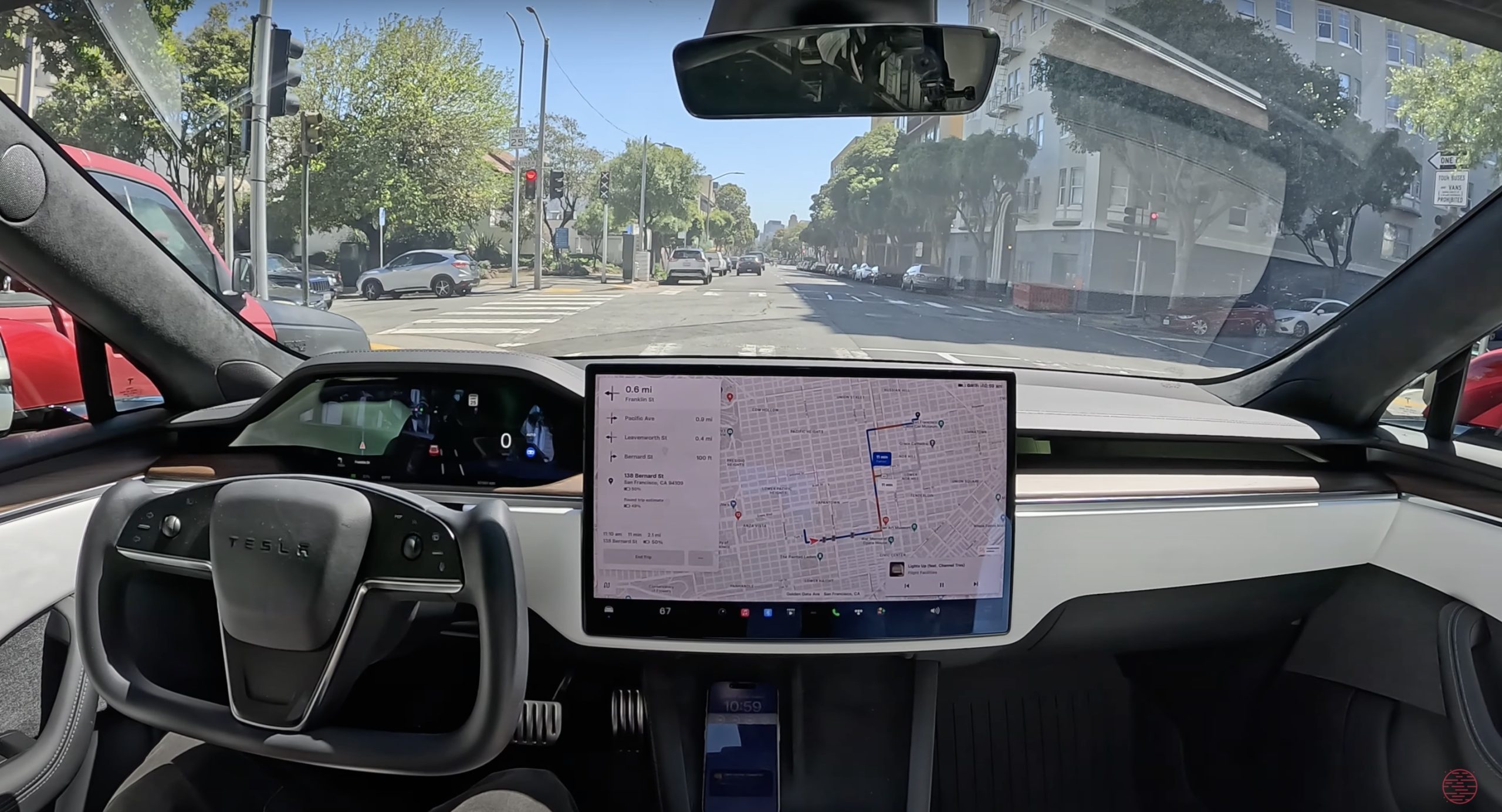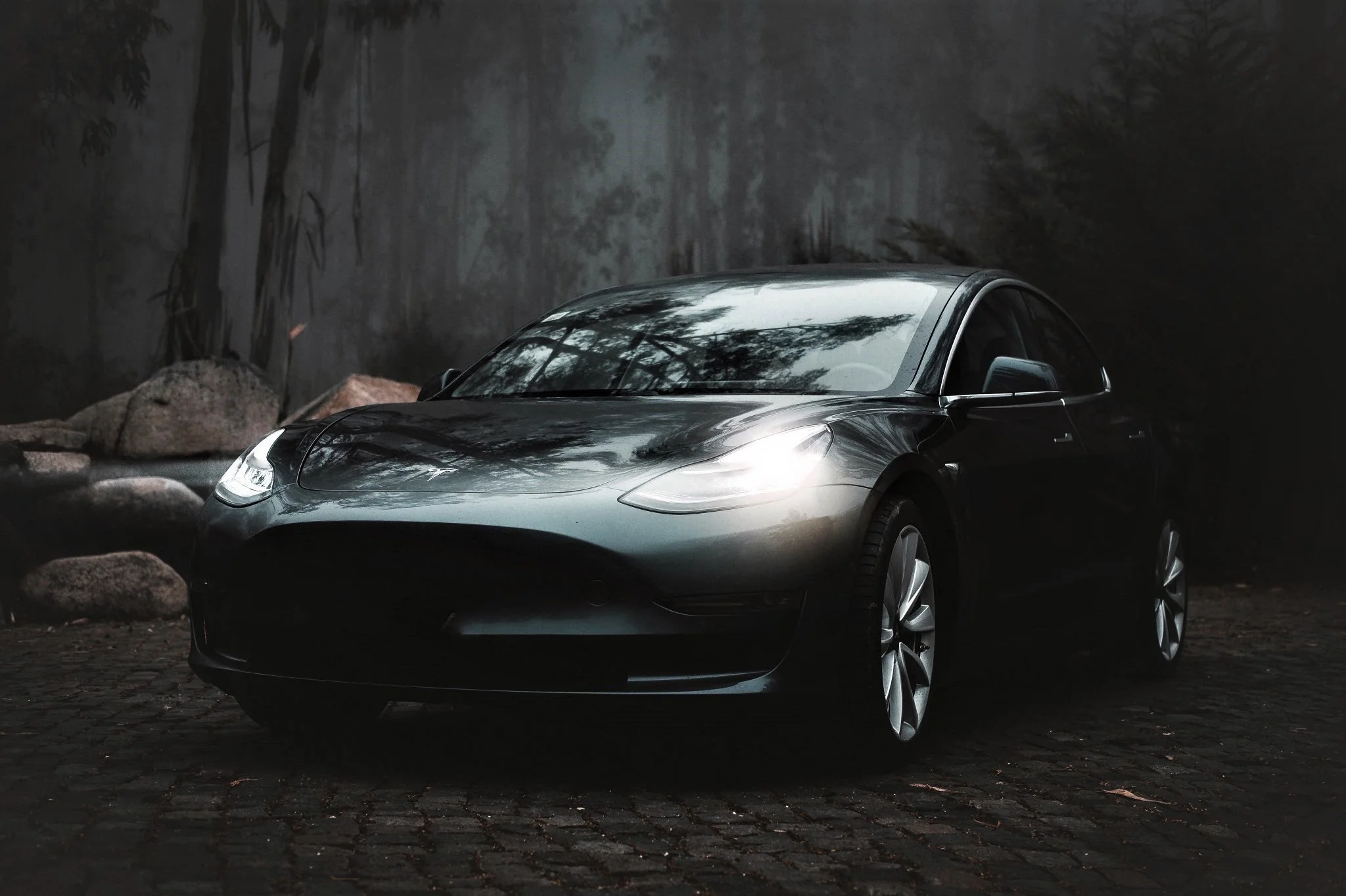Tesla Faces Growing Safety Concerns Amid Incidents
Recent crashes and fires prompt urgent questions about Tesla’s safety protocols and evolving technology
/storage.evrimagaci.org%2Ftpg%2F8ec3119c-973d-48ed-9db7-781d15bb702c.jpeg)
Tesla, the electric vehicle pioneer, is no stranger to innovation, but alongside its cutting-edge technology, there are emerging safety concerns and incidents involving its vehicles. From crashes involving emergency responders to fires, the narrative surrounding Tesla is often overshadowed by these alarming events. The latest incidents raise questions about the safety of Tesla’s automated features and the environmental risks connected to its battery technology.

Recently, Brisbane, Australia, witnessed a shocking event when a Tesla Model 3 crashed at high speed, colliding with street poles before it rear-ended an ambulance. The accident occurred around 3 PM on Ann Street, and it resulted in injuries to two emergency responders who were attending to the scene. Eyewitnesses described the crash as so loud they could hear it from the 18th floor. Over a dozen emergency vehicles responded, treating the incident with the severity typically reserved for major disasters.

This incident sparked concern over the reliability of Tesla’s Autopilot feature, which has been involved in previous accidents. While the investigation is still underway, there is already suspicion of Autopilot failure being a contributing factor. Critics of Tesla argue this highlights broader concerns about the efficacy of driver-assistance technology, especially when it malfunctions.
Further complicate the situation are reports of Tesla vehicles catching fire for various reasons. A recent incident near Tijuana, Mexico, marked the first reported fire involving a Tesla Model S, igniting when the owner illegally plugged the vehicle directly to a utility pole. Known locally as “diablitos” or “little devils,” such unauthorized hookups are dangerous, as they can lead to circuit overloads and extensive fires. Thankfully, this disaster did not result in injuries or fatalities, but the neighborhood’s unique challenges with electricity theft add layers to the incident. Firefighters were seen rushing to contain the blaze, and local officials were reminded of the potential hazards posed by electric vehicles.
These incidents have ignited discussions about Tesla’s safety protocols and emergency response. Arturo Sánchez from the Tijuana Fire Department noted the rarity of experiencing EV fires, but the swiftness of the fire crews ensured the situation did not escalate dangerously. According to Sánchez, the fire department has special training for handling electric vehicle fires, which is becoming increasingly necessary as EVs gain popularity.
Meanwhile, Tesla hasn’t shied away from controversy. A report criticized the company for potentially manipulating safety data to present its vehicles more favorably. This claim adds to the skepticism surrounding Tesla’s narrative of being the safest car on the road. Even with numerous awards and positive reviews, incidents like the crashes and fires are being taken seriously by safety regulators and the public alike.
The focus on Tesla’s safety issues extends beyond just mechanical faults. A New York Times article highlighted how companies like Tesla often prioritize innovation and market presence over thorough safety testing. This is particularly evident with the rollout of new features and vehicles, where the rush to market may overshadow potential safety risks.
Elon Musk, Tesla’s CEO, has been criticized for making bold claims about the reliability of driverless features. During numerous product launches, he has positioned Tesla as the forerunner of autonomous driving technologies. Yet, with every headline about accidents, the public grows more concerned about whether these technologies are becoming advanced prematurely without proper safeguards.
The automotive industry as a whole faces similar challenges as it embraces new technologies. Transitioning to electric vehicles and driver-assistance systems brings not only extraordinary advancements but calls for stringent safety regulations to keep drivers and pedestrians safe.
Self-driving cars pose unique risks because their technology relies on complex algorithms and hardware systems capable of making split-second decisions. When these systems fail, the results can be catastrophic. This brings about critical questions: How are companies ensuring these vehicles can respond appropriately to unpredictable scenarios? And how much responsibility lies with the automaker versus the driver?
Tesla’s safety incidents are not isolated. Other electric vehicle manufacturers are experiencing their fair share of challenges. Nissan, for example, is facing scrutiny over battery issues which led to vehicle fires. The electric vehicle space is rapidly evolving, making it imperative for manufacturers to prioritize safety alongside innovation.
Moving forward, the necessity for transparency is becoming increasingly clear. Investigations should be thorough, with findings made public to allow consumers to make informed choices. Regulators must enforce strict guidelines to help establish industry-wide benchmarks for safety.
Also of concern is the environmental impact of battery fires, which can release harmful chemicals. Incidents involving Tesla and other electric vehicles have prompted calls for better disposal practices and improved fire-safety measures. While the benefits of electric vehicles concerning emissions are significant, safety and environmental factors cannot be ignored.
Despite these incidents, many Tesla owners remain loyal to the brand. The growing community of electric vehicle enthusiasts pride themselves on their sustainable choices, often emphasizing the positive environmental impacts. They hold onto the belief Tesla vehicles embody the future of automotive technology.
This dichotomy of consumer sentiment is emblematic of the broader conversation surrounding electric vehicles. Many consumers are torn between enthusiasm for innovative technology and the legitimate fears concerning safety. Awareness of potential hazards does not diminish the enthusiasm for electric cars but rather influences how future innovations may be embraced.
Experts call for improved educational efforts to inform Tesla users about the risks involved, particularly with the more advanced features such as Autopilot. Drivers using these vehicles should understand the limitations and exercise caution. Making sure users know when they need to take control of their vehicle is critical.
Rest assured, Tesla is not the only brand facing scrutiny for safety concerns. With the rise of electric and autonomous vehicles, risks associated with these innovations are now at the forefront of global discussions. Automakers must find the right balance between speed to market and adherence to safety standards.
It remains to be seen how Tesla will rise to the existing challenges. The company has maintained the narrative of being at the forefront of automotive evolution, but incidents involving crashes and fires may necessitate changes—or more rigorously enforced standards—before true confidence can be restored. Open dialogue between automakers and the public is necessary for fostering trust and ensuring safety on the roads.
